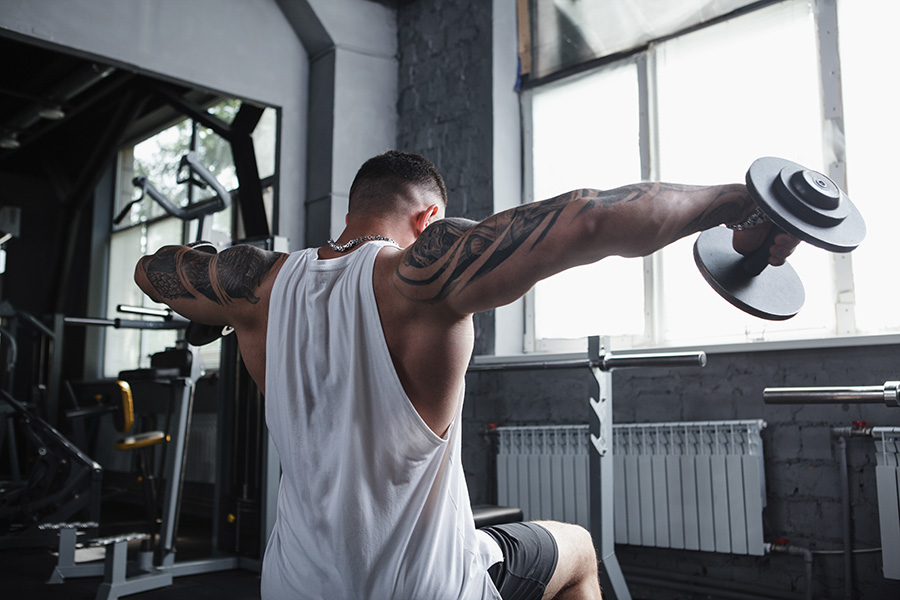
Unleash the Power of the Chest Fly: A Comprehensive Guide to Building Strength and Definition
In the pursuit of a stronger, more defined upper body, the chest fly exercise stands as a cornerstone of any effective workout routine. This versatile movement targets the pectoral muscles with precision, helping to sculpt a powerful chest while improving overall strength and stability. In this article, Junkyard Training explores the numerous benefits of incorporating the chest fly into your fitness regimen, offering insights into proper technique, variations, and training tips for maximizing results.
1. Targeted Muscle Engagement:
The chest fly primarily targets the pectoralis major muscles, which are responsible for the horizontal adduction of the arms across the body. By isolating this muscle group, the chest fly helps to develop size, strength, and definition in the chest region, creating a more aesthetically pleasing physique. Additionally, secondary muscles, such as the anterior deltoids and triceps, are also engaged during the movement, contributing to overall upper body development.
2. Increased Range of Motion:
Unlike traditional pressing exercises, which primarily involve vertical movement patterns, the chest fly allows for a greater range of motion in the horizontal plane. This extended range of motion not only recruits a broader spectrum of muscle fibers but also helps to stretch and elongate the chest muscles, promoting flexibility and mobility in the shoulder joints. As a result, performing chest fly exercises can enhance overall functional strength and reduce the risk of injury during daily activities and athletic endeavors.
3. Versatility and Variation:
One of the key advantages of the chest fly exercise is its versatility, with numerous variations and equipment options available to suit individual preferences and fitness goals. Whether performed with dumbbells, cables, resistance bands, or even bodyweight, the chest fly can be adapted to target specific areas of the chest and accommodate varying levels of strength and experience. Furthermore, incorporating different angles, grips, and tempos into your chest fly routine can add complexity and challenge to your workouts, ensuring continuous progress and adaptation over time.
4. Improved Symmetry and Balance:
Asymmetrical development of the chest muscles is a common concern among fitness enthusiasts, often resulting from an overreliance on pressing movements and neglect of isolation exercises. By specifically targeting the pectoral muscles with the chest fly, individuals can address muscle imbalances and achieve greater symmetry in their upper body aesthetics. Additionally, the unilateral nature of many chest fly variations allows for focused attention on each side of the body, helping to correct discrepancies in strength and size between the left and right chest muscles.
Junkyard Training encourages fitness enthusiasts of all levels to incorporate the chest fly exercise into their training routines, harnessing its myriad benefits for building strength, definition, and symmetry in the chest muscles. Whether you're striving for a chiseled physique or seeking to improve functional strength and stability, the chest fly offers a versatile and effective solution for achieving your fitness goals. With proper technique, progressive overload, and strategic variation, you can unlock the full potential of this foundational exercise and take your upper body development to new heights.
4-8-2024
